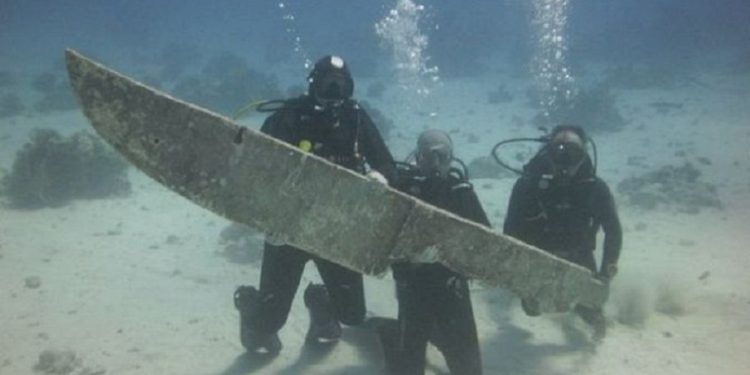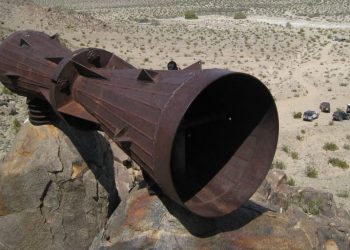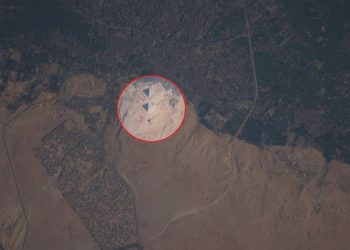As bestselling author Graham Hancock once said, “we are a species with amnesia.” And looking at history, it’s hard to argue with that. Humanity has always searched for answers about its past, but the more we uncover, the more complex and incomplete the story becomes. Some discoveries raise more questions than they answer—traces of civilizations, technologies, and events that don’t fit neatly into our timeline. These mysterious archaeological discoveries challenge our assumptions and remind us how much of history is still hidden in plain sight.
What follows are 11 of the most mysterious archaeological discoveries ever made—each one raising questions we still can’t fully answer.
1. The Underground City of Derinkuyu, Turkey
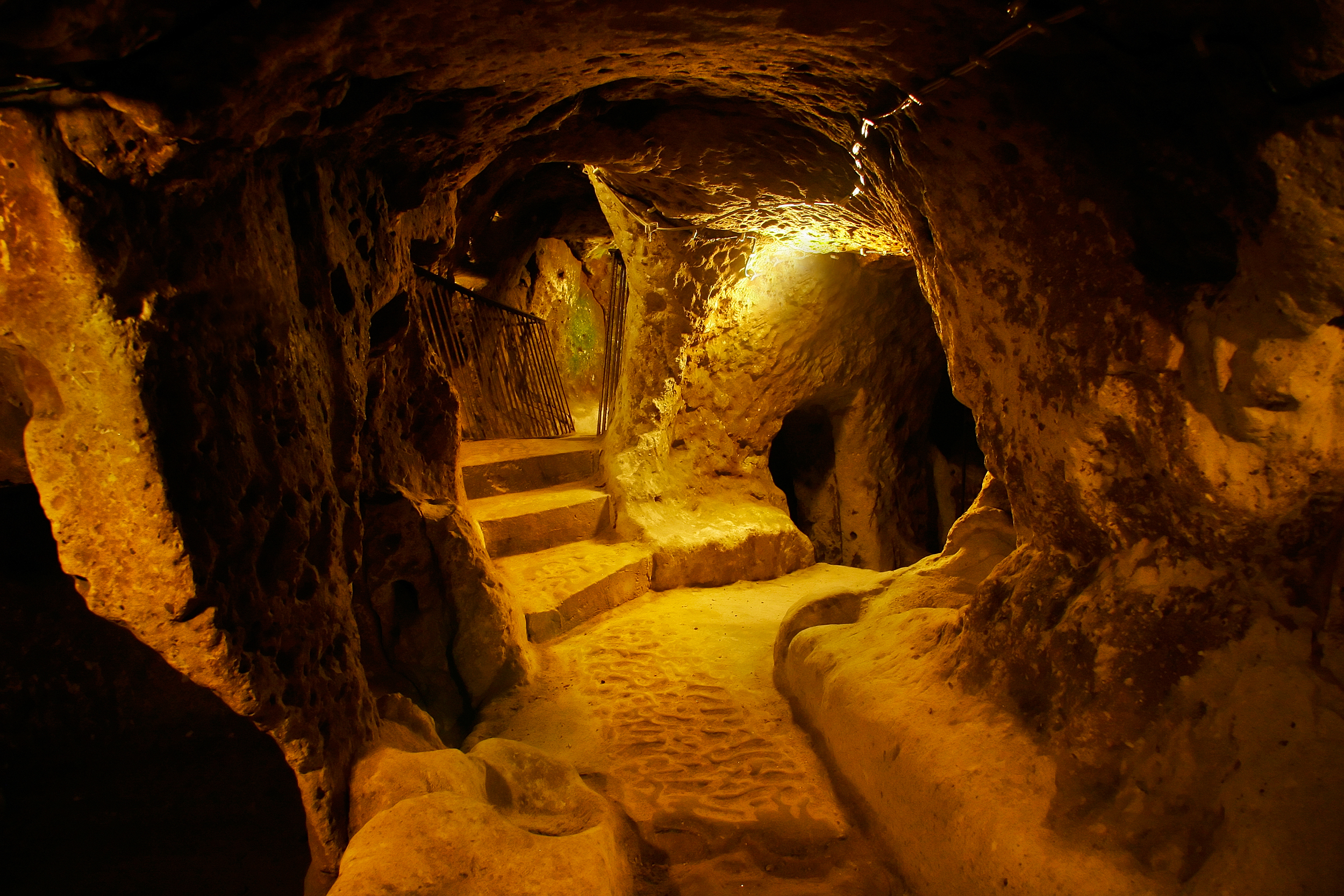
Beneath the surface of Cappadocia lies one of the most astonishing ancient constructions ever found: the underground city of Derinkuyu. Carved directly into soft volcanic rock, this city once held up to 20,000 people and included everything from schools and churches to ventilation shafts and livestock pens. Its origin is unclear, and its purpose even more so. Was it built to survive invasion? Climate catastrophe? Theories vary, but one thing is certain: no one has built anything like it since.
2. The Longyou Caves, China
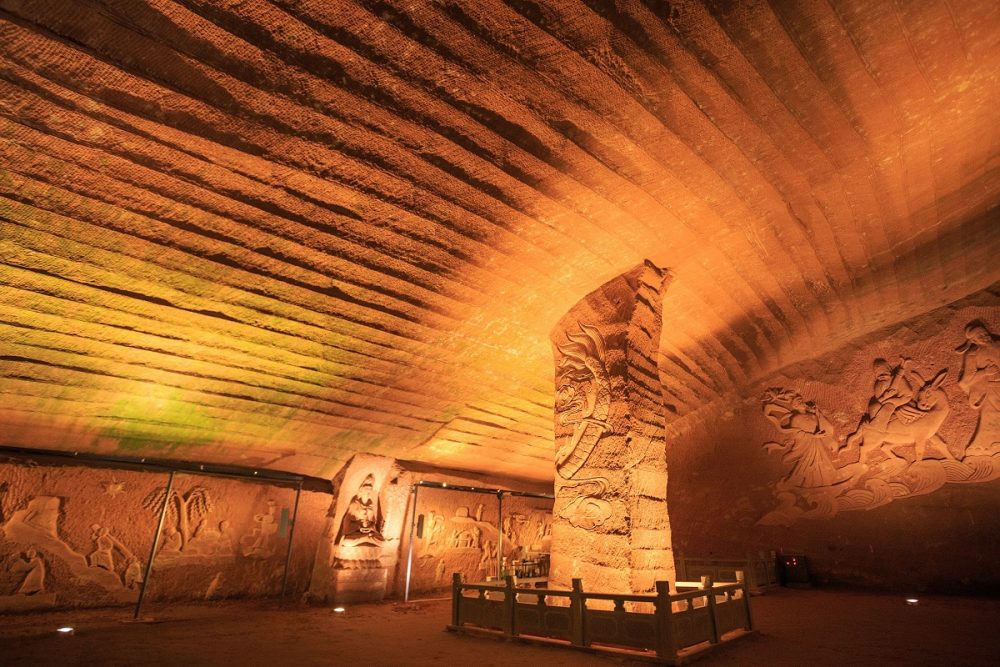
Discovered by accident in 1992, the Longyou Caves are a collection of massive, hand-carved caverns in Zhejiang province. Dating back over 2,000 years, these chambers are notable for their scale and precision—covering thousands of square meters, each cave features perfectly cut walls with intricate patterns. Strangely, no ancient texts or records mention their construction, leaving archaeologists baffled. Who built them? Why? And how did such a monumental effort go unrecorded?
3. The Giant Stone Spheres of Costa Rica

Scattered across the jungles of Costa Rica are hundreds of perfectly round stone spheres—some weighing up to 16 tons. Known locally as Las Bolas, these enigmatic objects were first uncovered in the 1930s. Their function remains unknown. Some researchers believe they were aligned with celestial events; others think they marked tribal boundaries. Regardless of their purpose, shaping these stones with such precision, without modern tools, is a mystery in itself.
4. The Great Pyramid and Its Energy Properties
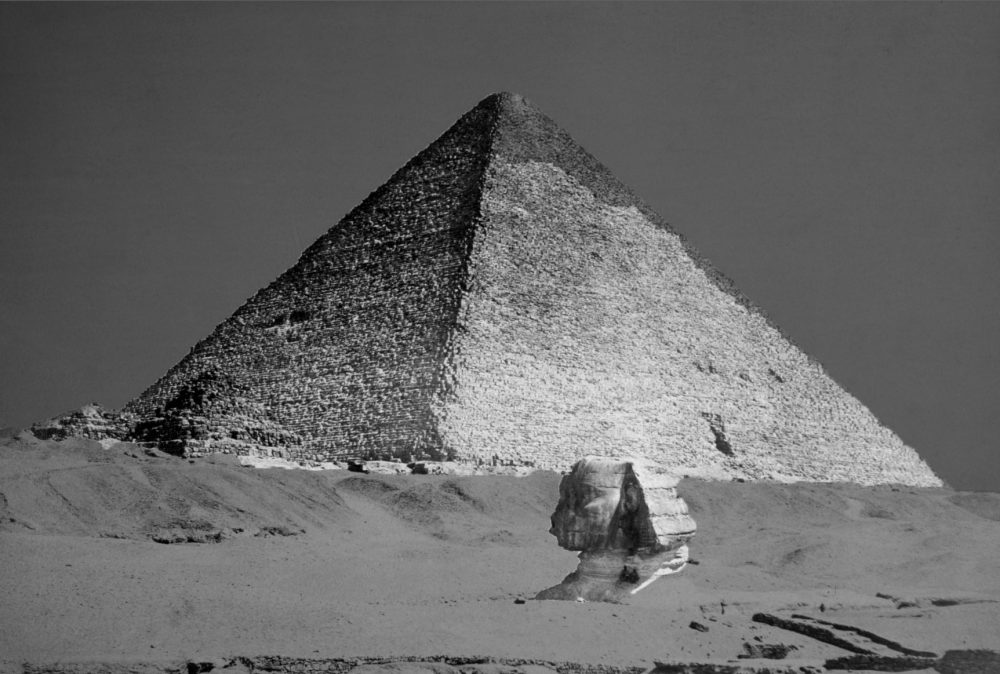
The Great Pyramid of Giza is the only surviving wonder of the ancient world—and possibly the most studied monument on Earth. Yet we still don’t fully understand how it was built, or why. While it’s widely believed to have been a royal tomb, no remains were ever found inside. A 2018 study published in the Journal of Applied Physics revealed that the pyramid’s internal structure can concentrate electromagnetic energy in its chambers and foundations. Coincidence? Or was it designed with a deeper understanding of natural forces?
5. The Al-Naslaa Split Monolith, Saudi Arabia
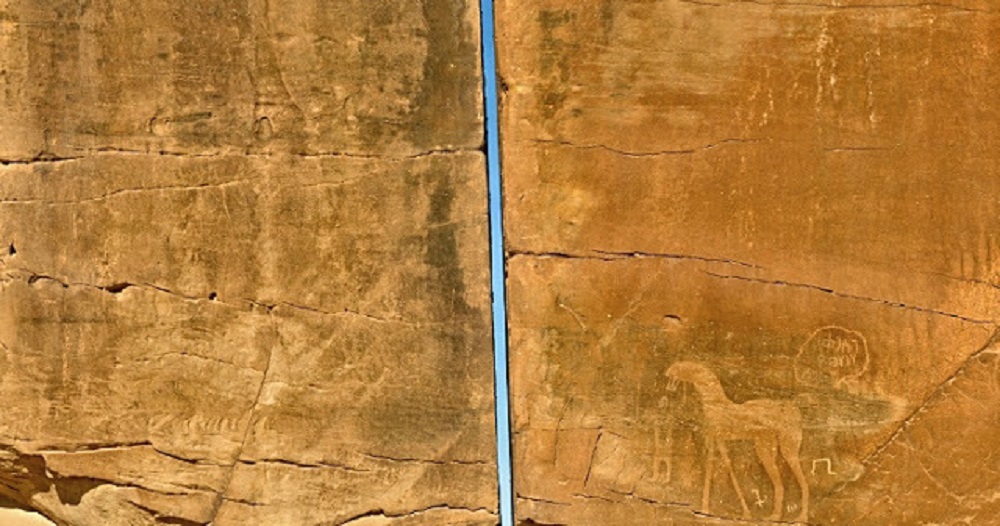
In the deserts of Saudi Arabia stands a monolithic rock unlike anything else in the world. Known as the Al-Naslaa monolith, it’s split perfectly in two—as if sliced by a laser. The two halves remain balanced, and the surface features ancient petroglyphs. Natural erosion has been proposed as an explanation, but the cut’s straightness and symmetry have sparked speculation. Whether a geological fluke or evidence of ancient technology, it’s an unsettling sight.
6. Mohenjo-Daro and the Mystery of Its Destruction
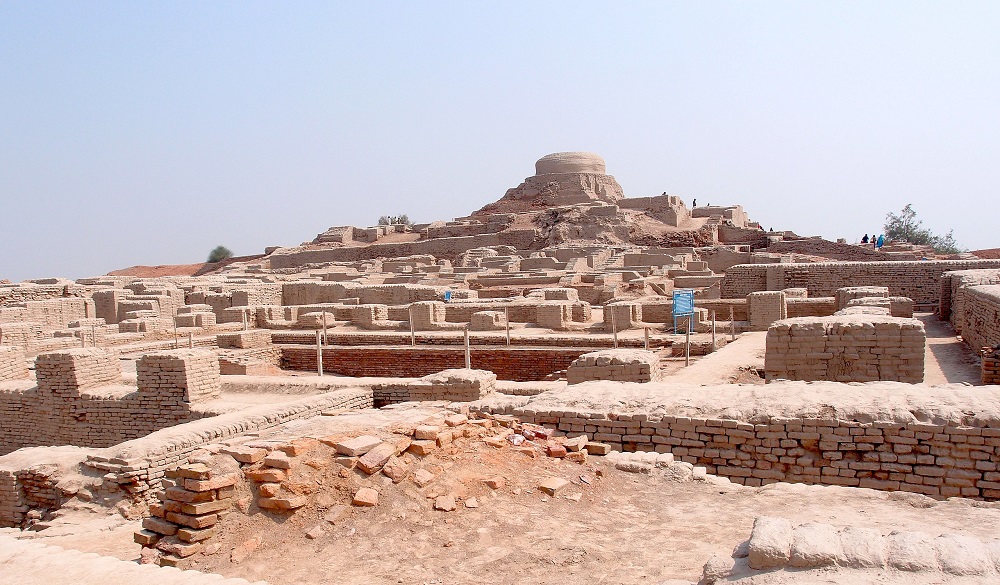
Once a thriving city of the Indus Valley Civilization, Mohenjo-Daro was one of the most advanced settlements of its time. Built around 2500 BCE, the city had public baths, drainage systems, and grid-planned streets. But something wiped it out. Some suggest war or climate change; others, more controversially, point to unexplained levels of radiation in the area. While mainstream archaeology rejects alien involvement, fringe theories continue to flourish.
7. A 2-Billion-Year-Old Nuclear Reactor in Africa
In 1972, researchers studying uranium deposits in Gabon, West Africa, discovered something baffling: a natural nuclear reactor. Located in Oklo, this site operated under natural conditions nearly 2 billion years ago. It wasn’t man-made, but it challenges our assumptions about what nature—and possibly life—was capable of long before humans appeared. Some even suggest intelligent design, but mainstream science attributes it to a rare alignment of geological conditions.
8. Malta’s Cart Ruts

Across Malta’s limestone plains are deep grooves known as cart ruts—parallel channels that stretch across hills and even vanish into the sea. Believed by some to be from Bronze Age transport systems, others argue they’re far older. Some researchers, like Dr. Alexander Koltypin, suggest they may be millions of years old, remnants of unknown civilizations. No one knows what carved them—or what kind of wheels could have created such tracks.
9. The Yonaguni Monument: Japan’s Atlantis?
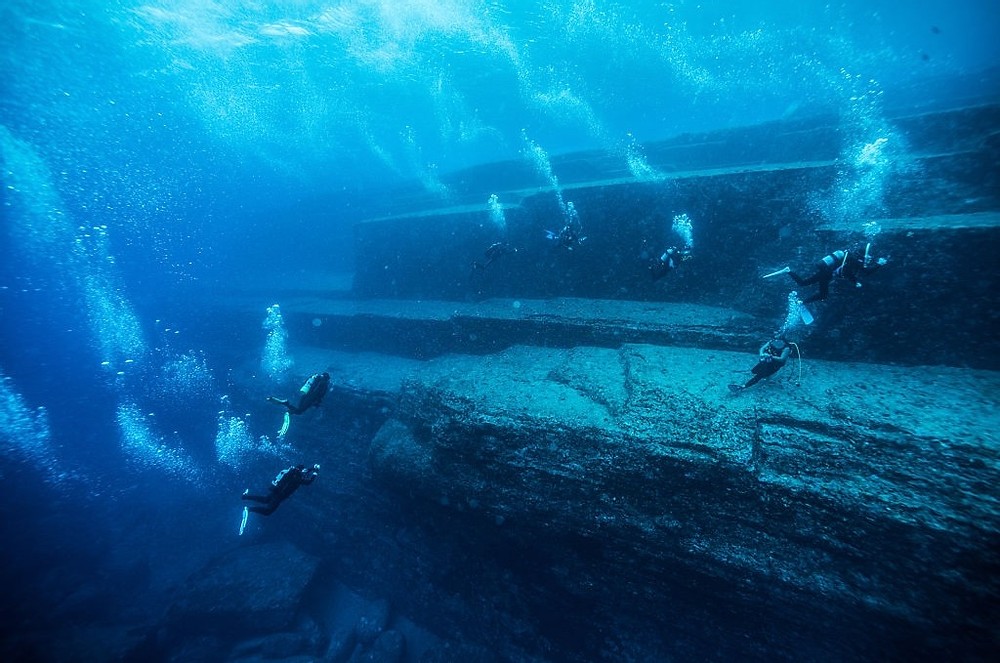
Off the coast of Yonaguni Island in Japan lies a massive underwater structure that some say is the remains of an ancient city. Discovered by diver Khachiro Arataki, the monument features terraces, steps, and what appear to be carved shapes. Mainstream scholars say it’s a natural rock formation; others argue it’s evidence of a lost civilization submerged during the last Ice Age. Whether natural or man-made, the Yonaguni Monument remains a submerged enigma.
10. The “Giant Knife” Discovered Underwater
An image that surfaced online shows three divers holding what looks like an enormous blade-like object beneath the sea. Its origin is unknown, and there’s little to verify its authenticity—but the photo has circulated on forums and social media as supposed evidence of ancient weaponry. Is it a hoax? A movie prop? Or something pulled from the ocean that doesn’t belong in our version of history? No one knows for sure.
11. The Mysterious Mask Made of ‘Alien’ Metals
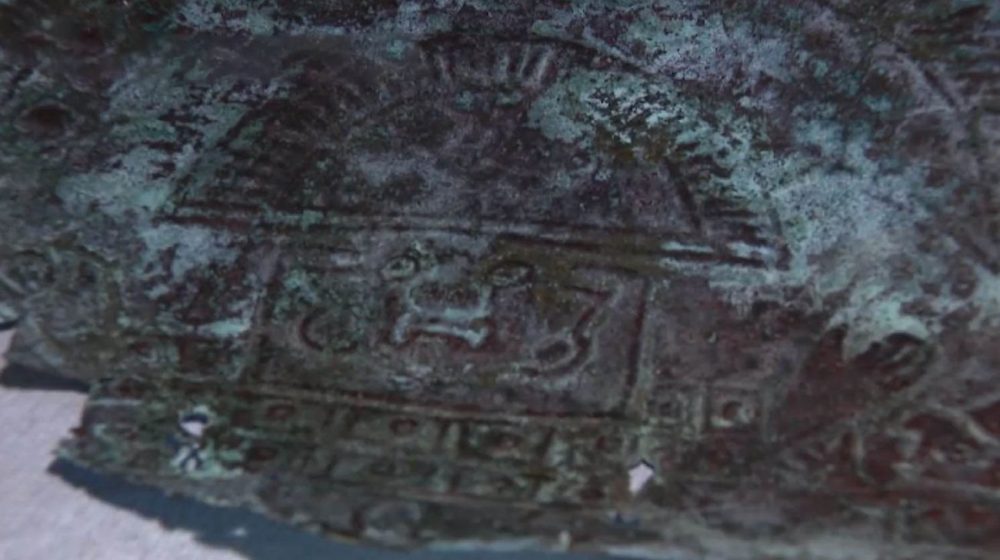
Off the coast of Florida, divers recovered a rare metal mask believed to be at least 10,000 years old. Said to have originated in South America, the mask was made from a unique blend of metals, including iridium—a material rarely found on Earth but common in meteorites. Some believe it was looted during the Spanish conquest and lost at sea. Others suggest it’s part of a much older story we’re only beginning to uncover.
And while some of these mysterious archaeological discoveries may one day be explained, others continue to puzzle even the best minds in science and history.



